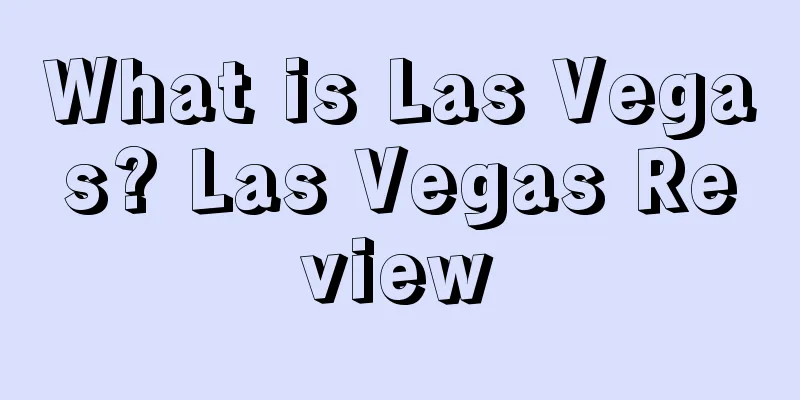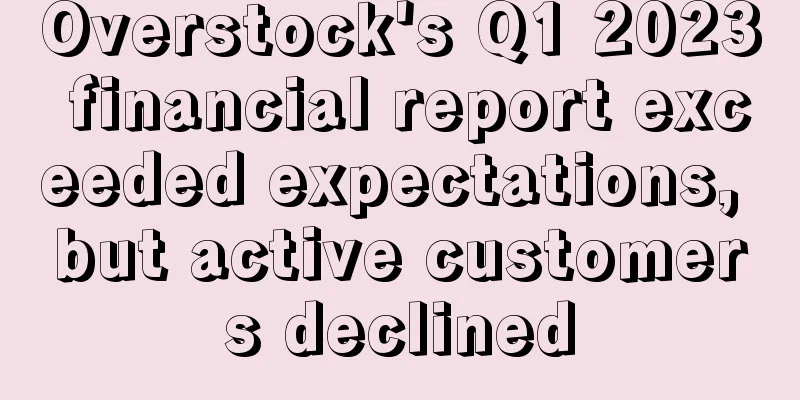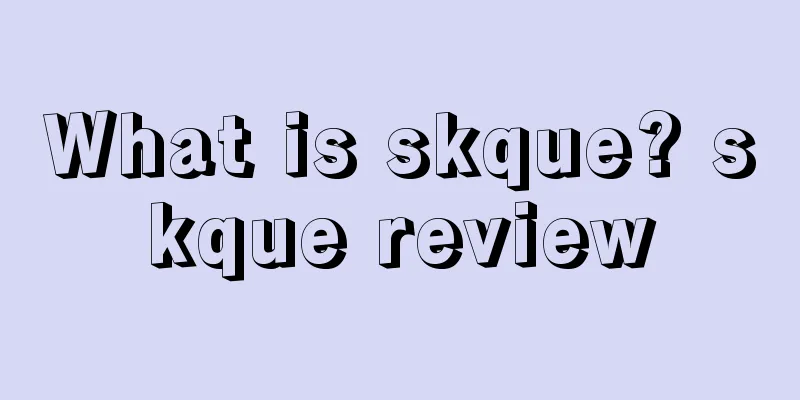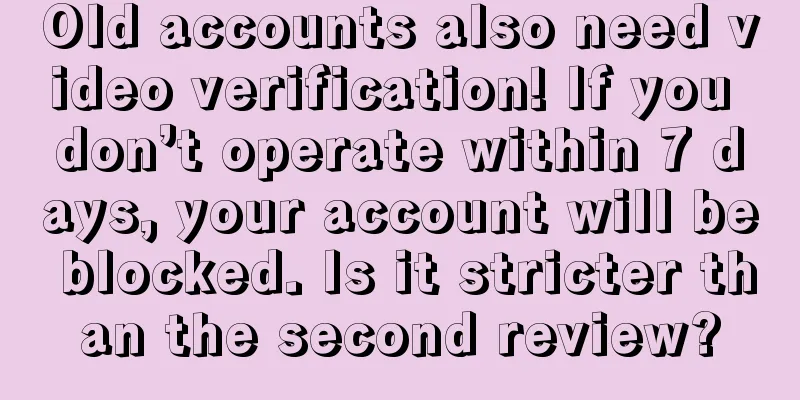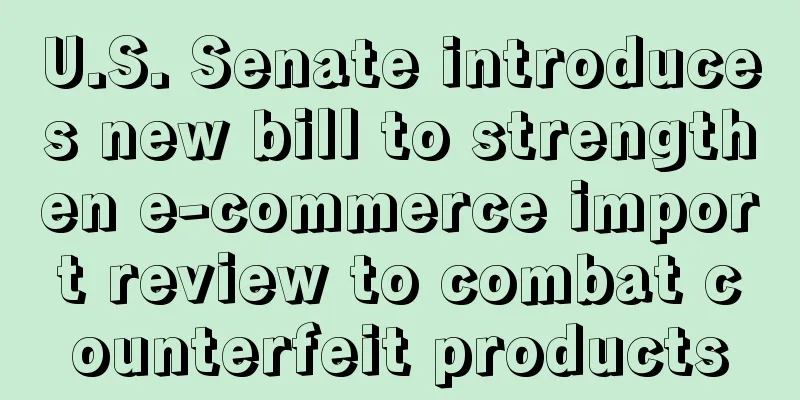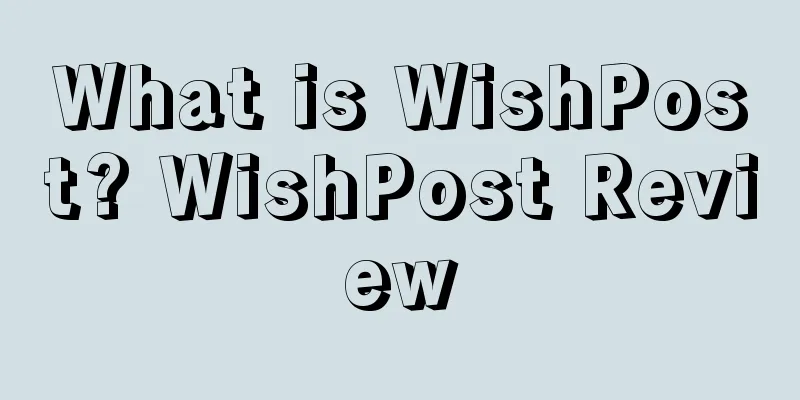Amazon off-site promotion is not effective? Teach you how to open off-site promotion correctly
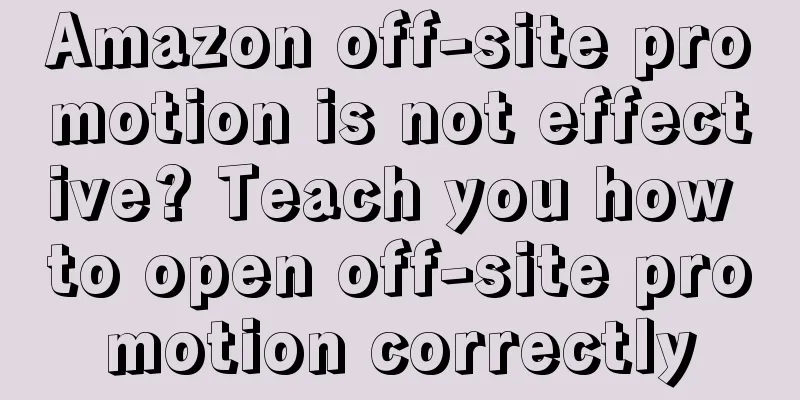
|
When you choose to promote off-site, you must be clear about your purpose or when it is appropriate to do it. At present, most Amazon sellers do off-site promotion for nothing more than promoting new products, stabilizing rankings, clearing inventory , etc.
Of course, many products are not suitable for off-site sales, such as some products with high customer unit prices of several hundred dollars; household metal accessories; and some particularly unpopular products. Factors affecting off-site orders There are actually quite a lot of factors that affect off-site promotion orders. In fact, many sellers still don’t understand the factors of off-site orders. Today I will focus on them. Based on my experience with off-site promotions, I have listed the factors that affect off-site orders in order.
The page, listing content, VP, Feedback, pictures, etc. of each product determine the conversion rate of orders within the site and will also affect the buyer's desire to buy to varying degrees. Issues that need to be paid attention to when promoting outside the site Recently, there has been an increase in accounts being blocked due to link removal due to off-site sales. Although Amazon allows sellers to use these incentive policies, the premise is that these incentives are open to specific Amazon products. Amazon's judgment of off-site sales violations does not lie in the size of the discount ratio or the number of orders released, but in whether you have artificially improved the ranking when doing discount activities. 1. Two-step URLs Commonly known as keyword links, two-step URLs copy the search for specific keywords to induce buyers to purchase products through two-step URLs, as if they purchased the product through keyword search. For example: https://www.amazon.com/s?k= (then the keyword). Such off-site promotion links help improve keyword rankings. 2. Super URLs It is a way to link directly to an Amazon product page listing by creating a URL that copies specific parameters. These parameters are designed to show Amazon the exact source of the click, attribute the sales volume of off-site traffic to the sales volume of organic traffic, and help improve the ranking of the listing. 4. Treasure hunts The official text is: Basically this is where they advertise/stock items for a limited time at a great price. Customers come in for one thing and leave with something completely different. That is, they promote products at a preferential price within a certain period of time, and then give buyers other products. Just like Taobao fake orders, many fake order sellers will create a product link and then give it away for free in the form of promotion to increase sales. 5. Search-find-buy It is also a violation to guide buyers outside the site to enter the keywords required for the product in the search bar, find the buyer's listing on the result page, and purchase the product. For example, you promote your own products on social media, but do not directly provide links. Instead, you tell buyers how to find and purchase your products through the search function on Amazon; or tell buyers through emails or after-sales cards how to find and purchase your products through search. These are all violations. Simply put, the point at which Amazon determines that it is a violation to release volume outside the site is not the size of the discount ratio or the number of orders released, but whether there is any artificial way to improve the ranking when you are doing discount activities. If it is just a simple release of volume, and the ranking is improved by increasing sales and conversion rate, it is not a violation. Illegal discount behavior Illegal discount behavior mainly refers to the behavior of manipulating search rankings by using discounts to attract consumers to the site to complete purchases without any signs of discount promotions on the Amazon site. The blocked sellers may have improper operations when attracting traffic from outside the site, such as rebates, cashback, 100% off, etc. Amazon’s off-site traffic diversion method Amazon's official brand traffic reward program, in simple terms, encourages sellers to set up attribution through the Amazon backend and use off-site promotion (non-Amazon marketing activities) to drive traffic to the store. Amazon will return 10% of the generated orders to the brand. Judging from the official new program, Amazon encourages sellers to promote product discounts, coupons, deals and other activities in off-site channels to boost sales. The discount price displayed on Amazon is the same as that on external independent sites (assuming both are 30% discounts). Buyers can click the discount button on the independent site to jump to the Amazon platform to purchase. This is the off-site traffic diversion method recommended by Amazon. |
<<: Several ways to obtain Amazon's off-site resources
>>: How to use these 7 types of traffic to create a hit product?
Recommend
Imports fall, inventory surplus! US holiday clothing sales will be sluggish!
It is learned that according to foreign media repo...
Amy Talks about Cross-border: Independent website sellers should pay special attention! [The latest comprehensive analysis of the new EU tax law]
Amy Talks about Cross-border Business: Pay special...
Subverting thinking and gaming the wind direction, how can Chinese sellers continue to grow resiliently? [Event postponed to March 3-4, 2023]
Looking back at 2022, the global economic growth r...
What is Fakespot? Fakespot Review
Fakespot is the best tool on the market for detect...
What is Fulfillment Center? Fulfillment Center Review
Fulfillment Center , abbreviated as FC, is Amazon&...
FedEx launches the 10th Small Seller Competition! The prize pool is as high as $360,000!
FedEx recently announced the launch of its 10th an...
Americans have no money to spend?! Are cross-border sellers facing the "coldest" winter?
Foreign media recently revealed that the US retai...
Canadian e-commerce sales rose in August! Apparel categories have the strongest demand
<span data-docs-delta="[[20,"获悉,根据万事达卡Spen...
What is the British Standards Institution (BSI)? British Standards Institution (BSI) Review
BSI was founded in 1901 and received the British R...
Sellers complain about Amazon’s “unfair operations”: new products are directly “hidden”!
Recently, there has been an uproar in the Amazon s...
Fake recruitment, real promises? "If you don't work overtime for 40 hours, you will lose your salary"
The peak recruitment season of March and April is ...
What is Wayfair? Wayfair Review
Wayfair is the largest home furnishing e-commerce ...
What is Amazon SKU? Amazon SKU Review
SKU (stock keeping unit) is the basic unit for mea...
Official response: Alibaba's international e-commerce division has no plans for a US IPO
According to a Bloomberg report on May 4, people f...
What is Haibang International Logistics? Haibang International Logistics Review
"Haibang International Logistics" is the...
